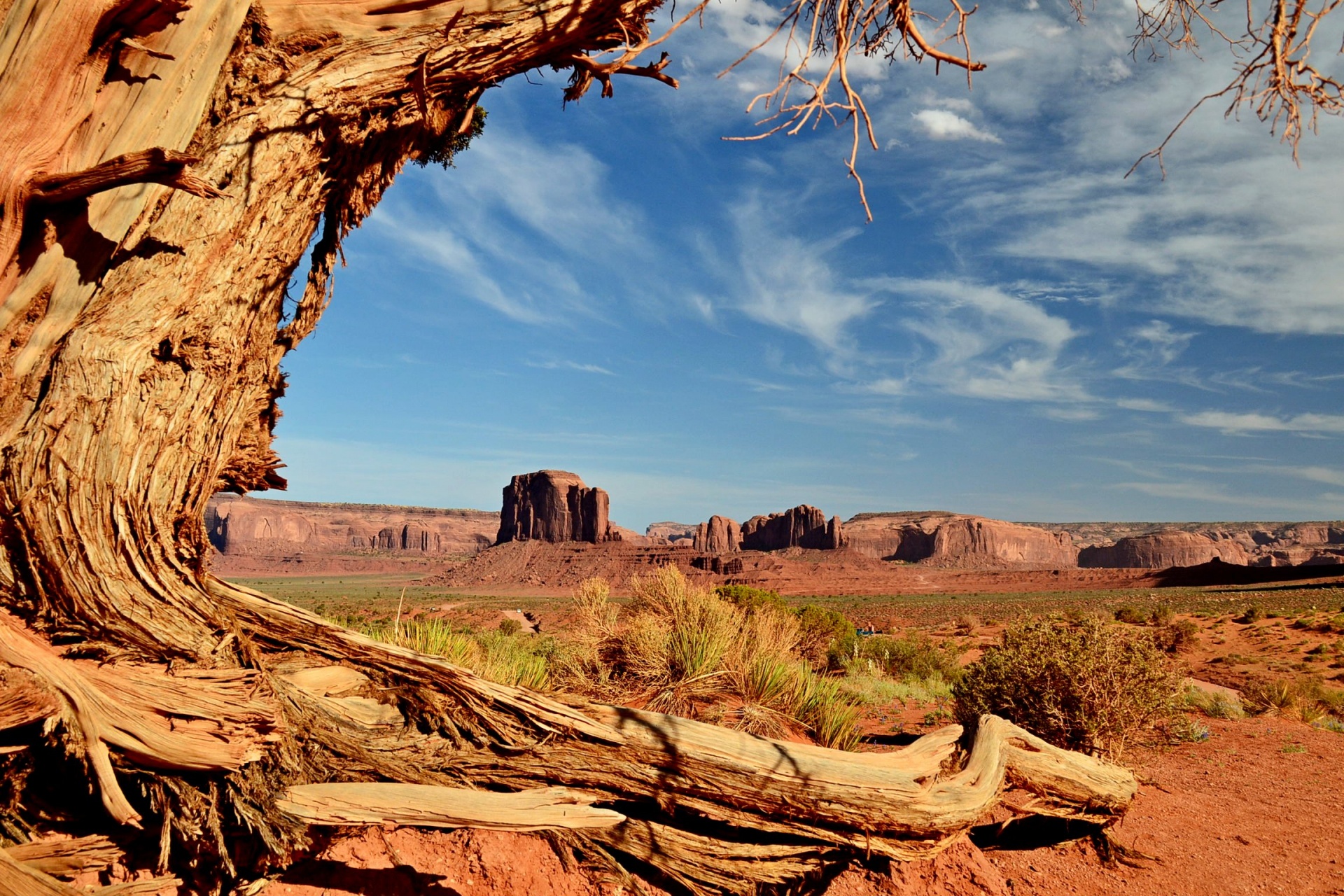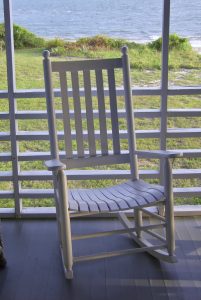

A kids’ article, part of this week’s repost series.
There’s a new version of Star Wars in select theaters, and it’s on a mission to keep the Navajo language alive.
The Navajo are a Native American people who live in the southwest United States. Recently, the elders of the Navajo people became concerned because thousands of Navajo children and young adults are learning English as their primary language instead of learning the Navajo language, Diné (DEE- nay). Many Navajo children speak and understand little Diné. The elders decided to act to keep Diné alive.
Manuelito Wheeler and the elders of the Navajo people picked George Lucas’ 1977 movie Star Wars Episode IV: A New Hope to help teach the ancient language of the Navajo people. They knew that both adults and children would enjoy watching Star Wars over and over, and they’d have to watch a lot to learn Diné.
Diné uses both words and tonal change to convey meaning. It is extremely hard to learn if you haven’t grown up hearing and speaking it.
What is tonal change?
English doesn’t have many examples of tonal change, but here’s one. Think about how you ask a question in English. At the end of the question your voice goes up. That tells your listener you are asking a question instead of making a statement. (In a statement, your tone goes down at the end.) Unlike English, in Diné, there are tonal changes throughout the sentences that have meaning, too.
The elders figured that if the English-language voices in the movie could be replaced by voices in Diné using a process called dubbing both children and adults could enjoy watching the movie, and kids who didn’t speak Diné would begin to understand the words and tones. Wheeler contacted the makers of the film to see if they would be willing to help, and they were.
Once it started, the project was completed very quickly. A team of five translators worked together on the script, and the whole translation was finished in about thirty-six hours. They had to work hard, though. A lot of the words in the original film simply don’t exist in Navajo, so the translators substituted other words.
Translator Jennifer Wheeler gave one example of a word important to the movie that couldn’t be easily replaced in Diné. “Droid” is a technological word, and there’s no word for it in Diné. So the translation for “droid” might be “the short metal thing that’s alive.” That makes talking about R2-D2 and C3P0 a mouthful!
Dubbing is the process of putting new voice sounds in place of the original voices in the movie. In dubbed movies the movements of the actor’s lips don’t match the words viewers hear. The original words also limit the amount of time you have to say things. The Navajo translators had to make some changes so that the Diné words matched the movements of the actors’ lips a little better.
The dubbing process was easiest for the battle scenes where there’s a lot of action. When the action is intense, viewers are not focused on the actors’ lips the way they are in a quieter scene. Darth Vader was also easy to dub because his mask hides his lips.
Manuelito Wheeler, director of the Navajo Nation Museum, had the great idea to use Star Wars to help preserve Diné. And it seems to be working. Young people at the first viewing of the film told James Junes, the Navajo actor who dubbed Han Solo’s part, that they planned to speak more Diné now that they had watched the movie.
What movie would you choose to help preserve an ancient language?


